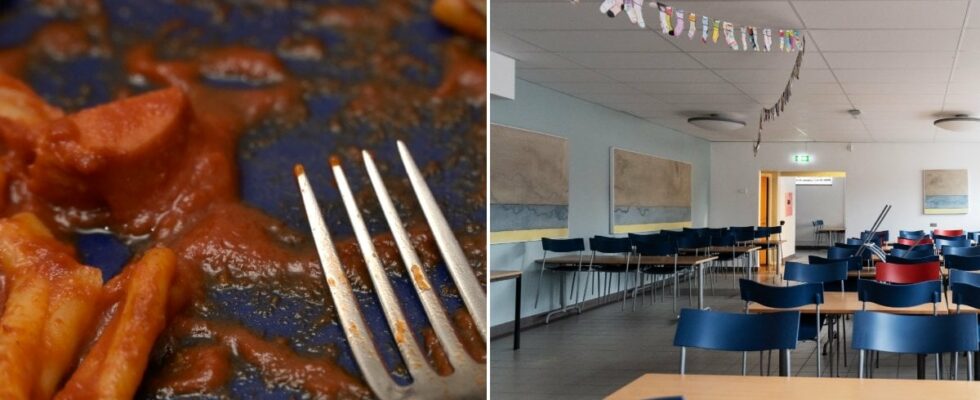That the resources in the school are being cut is not an unusual news headline for the Swedish people to get on their phones.
In December last year, a municipality in Norrbotten was met with a storm of criticism after saving on school milk and desserts in a desperate attempt to save money – something News24 noticed.
READ MORE: Milk and dessert disappear when the municipality saves
Now, however, it seems that more, and positive, changes are being introduced within the school world – at least for 13 percent of school children in Sweden, who are affected by the new rules.
Over half of Sweden’s schools face new food regulations
Yesterday, Nyheter24 reported on the introduction of a new subject in Swedish schools, despite the fact that only eight teachers are authorized to teach in the area.
READ MORE: New subject introduced in Swedish schools – only eight teachers qualified
This time the decision does not affect the activities inside the classrooms, but in the school cafeteria.
According to SVT News now more than half – more precisely 61 percent – of all municipalities in the country are tightening the requirements in primary schools’ school canteens. The new rules especially cover those students with adapted diets, and have been creeping in over the past three years, writes SVT.
In the survey sent out by SVT, 158 out of a total of 290 municipalities answered, which gives a response rate of 54 percent.
61 percent of Sweden’s municipalities adapt school meals Photo: Jessica Gow/TT School in Sollentuna offers pasta and tomato sauce every day
One of the municipalities that introduced major changes is Sollentuna. Restaurant manager Anna Franzén spoke to SVT, and then told about some of the things that the municipality has redesigned in the school canteens.
– We have changed the routines in the spring of 2024 due to the large number of different adaptations. This measure has meant more than halving the need-based diet, says Franzén to SVT.
One of the routine changes that have been made is also to serve pasta and tomato sauce as an alternative to all students in all primary schools every day.
– Previously, we had 419 students with a diet adapted to their needs, today we have 155 students who receive an individually adapted diet, that is, deviate from the main menu and pasta with tomato sauce, she continues.
Serving pasta with tomato sauce is a consequence of the adaptations in Sollentuna municipality Photo: Janerik Henriksson/TTV What is the difference between special diets and customized meals?
The changes mean that more schools must offer more and better options of special diets and adapted meals. But what exactly is the difference between the two?
According to The Swedish Food Agency special diet means the food that is adapted to people with allergies, celiac disease (gluten intolerance), other medical hypersensitivity or another disease. They have the right to food that they can safely eat without risking getting sick.
Adapted meals are instead when the food is adapted to a person’s disability, religion or belief. For people with chewing and swallowing difficulties, the consistency of the food may also need to be adjusted.
Do municipalities now have an obligation to adapt their food?
Today, an average of 13 percent of preschool children and students are served special diets or customized meals, the Swedish Food Agency states on its homepage.
But all specific requests that are not linked to religion or other beliefs are not covered by the discrimination act, according to SVT. There is therefore no obligation for municipalities and regions to meet such requests, but it is always up to the individual municipality to decide which requests it has the resources to meet.
READ MORE:
The staff’s nasty discovery – caterpillars crawled in the school food: “Very unfortunate”
Criticism of the school food – contingency menu in the canteen: “The children cried”
